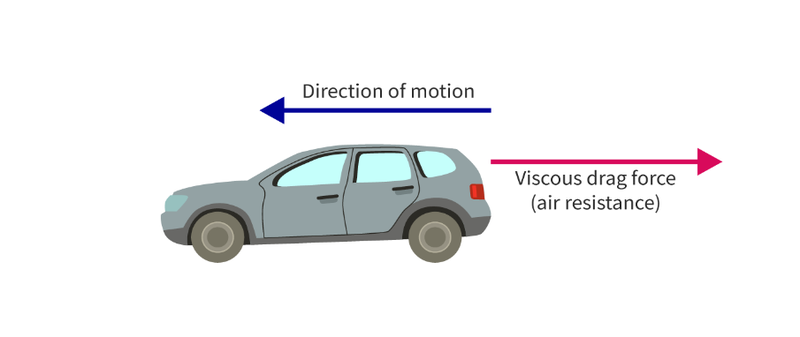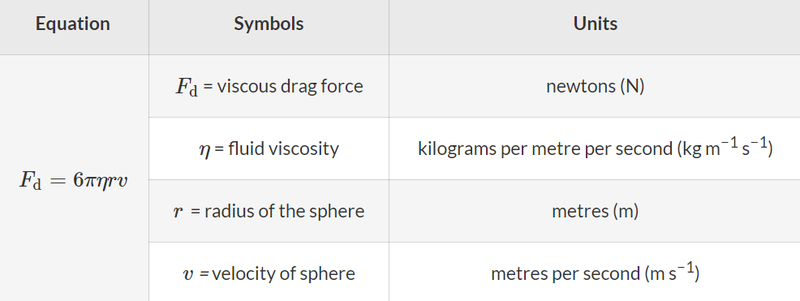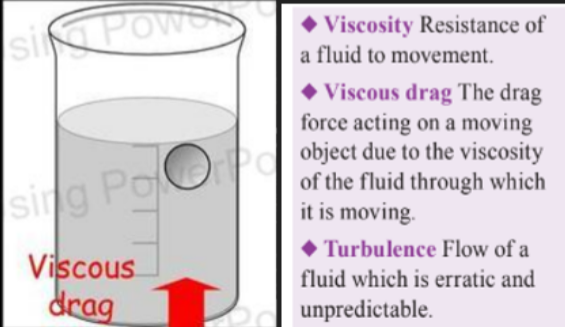What is Viscous Drag Force
- When moving, we constantly collide with particles that slow us down.
- This is the reason for example, of why you feel the wind against your face when running.
- In this scenario liquids and gasses both function very similarly, where liquids only act like denser gases, thus viscous drag force can be applied to both of them.
- Imagine viscous drag force as how it would feel to try and run through a ball pit.
- The balls would collide with you and slow you down.
- In this scenario balls represent atoms, except much, much larger.
- Viscous drag force scales with velocity.
- The faster you go, the more drag you encounter.
- Drag is always applied to the direction opposite to the movement.

Stoke's Law
- Mathematician and physicist George Stokes came up with a mathematical formula to describe the drag force in a sphere moving through a fluid.
- When a sphere moves through a liquid, the movement of the liquid relative to the sphere is laminar (smooth and regular).
- It's as though the particles of the fluid that are next to the sphere "stick" to it and move along with it.
- Using these facts, the formula for viscous drag force can be given as:

- This is called Stoke's Law, and it only works for spheres moving at low speeds, where there is laminar flow.
- Calculations are much more difficult for more complicated forms.
- Bullets and airplanes for example can take advantage of different forms, as a more rounded and narrow form causes less drag force.

- When the sphere is moving at very high speeds, flow can become turbulent, and Stoke's Law will no longer be applicable.


